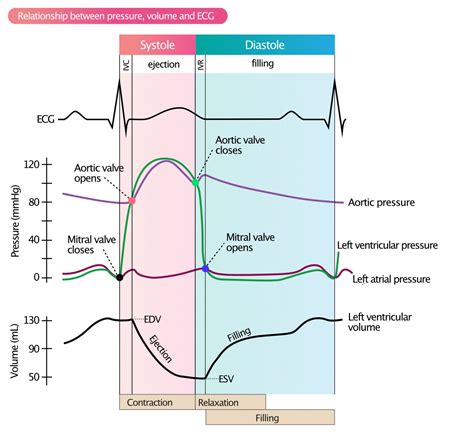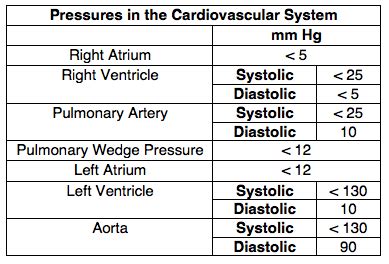lv pressure systole diastole | elevated lv end diastolic pressure lv pressure systole diastole Left ventricular diastolic dysfunction (LVDD) is a condition that affects your heart’s ability to fill up with blood before sending the blood out into your circulation. Your heartbeat has. Castrol Transmax Dexron® VI Mercon® LV is a premium full synthetic transmission fluid, formulated with Smooth Drive Technology™. It delivers outstanding sludge resistance to provide superior transmission life and enhanced friction to resistance to .
0 · what is lv edv bp
1 · normal lv systolic pressure
2 · normal lv end diastolic pressure
3 · normal left ventricular diastolic pressure
4 · increased end diastolic pressure
5 · end systolic volume vs diastolic
6 · end diastolic pressure normal range
7 · elevated lv end diastolic pressure
Rīgas "Dinamo" 2012.-2013. gada sezonas formas. Rīgas "Dinamo" ir profesionāls hokeja klubs, kas bāzēts Rīgā, Latvijā.Tas tika dibināts 2008. gada 7. aprīlī un līdz 2022. gadam spēlēja Kontinentālajā hokeja līgā (KHL). Klubs savas mājas spēles aizvadīja Arēnā "Rīga".. KHL pirmajā regulārajā sezonā Rīgas "Dinamo" izcīnīja 10. vietu, bet Gagarina kausa .
To illustrate the pressure-volume relationship for a single cardiac cycle, the cycle can be .Left ventricular pressure-volume relationship and ECG waveforms during systole and diastole. When left ventricular pressure exceeds diastolic pressure in the aorta, the aortic valve opens and blood is ejected into the aorta.
To illustrate the pressure-volume relationship for a single cardiac cycle, the cycle can be divided into four basic phases: ventricular filling (phase a, diastole), isovolumetric contraction (phase b, systole), ejection (phase c, systole), and isovolumetric relaxation (phase d, diastole).Left ventricular (LV) diastolic function is characterized by LV relaxation, chamber stiffness, and early diastolic recoil, all of which determine LV filling pressure. Echocardiographic signals significantly associated with LV relaxation are mitral annulus early diastolic velocity (e′), LV strain rate during isovolumic relaxation (SR IVR . Left ventricular diastolic dysfunction (LVDD) is a condition that affects your heart’s ability to fill up with blood before sending the blood out into your circulation. Your heartbeat has.
As blood flows into the left ventricle, the pressure gradient between the left atrium and the ventricle diminishes, and the passive filling subsides. The greater the ventricular compliance, the larger the volume of blood that flows from the atrium to the ventricle during this phase.The cardiac cycle diagram (see figure) depicts changes in aortic pressure (AP), left ventricular pressure (LVP), left atrial pressure (LAP), left ventricular volume (LV Vol), and heart sounds during a single cycle of cardiac contraction and relaxation.Late in diastole, atrial contraction increases the atrial pressure, producing a second atrial-to-LV pressure gradient that again propels blood into the LV. After atrial systole, as the left atrium relaxes, its pressure decreases below the LV pressure, causing the mitral valve to begin closing. Left ventricular (LV) diastolic function is characterized by LV relaxation, chamber stiffness, and early diastolic recoil, all of which determine LV filling pressure. Echocardiographic signals significantly associated with LV relaxation are mitral annulus early diastolic velocity (e′), LV strain rate during isovolumic relaxation (SR IVR .
However, because the LA is exposed to LV pressures throughout the diastolic period and because LA function and emptying is influenced by LA afterload and properties of LV systolic shortening and diastolic lengthening, parameters of LAs can be considered indicative of LV diastolic relaxation and filling pressures and are therefore a useful . LV diastolic strain rate signals during isovolumic relaxation and during early diastole can be used as indices of LV relaxation, and the ratio of mitral peak E velocity to either can be used as a surrogate of LA pressure.
Left ventricular pressure-volume relationship and ECG waveforms during systole and diastole. When left ventricular pressure exceeds diastolic pressure in the aorta, the aortic valve opens and blood is ejected into the aorta.To illustrate the pressure-volume relationship for a single cardiac cycle, the cycle can be divided into four basic phases: ventricular filling (phase a, diastole), isovolumetric contraction (phase b, systole), ejection (phase c, systole), and isovolumetric relaxation (phase d, diastole).Left ventricular (LV) diastolic function is characterized by LV relaxation, chamber stiffness, and early diastolic recoil, all of which determine LV filling pressure. Echocardiographic signals significantly associated with LV relaxation are mitral annulus early diastolic velocity (e′), LV strain rate during isovolumic relaxation (SR IVR .
Left ventricular diastolic dysfunction (LVDD) is a condition that affects your heart’s ability to fill up with blood before sending the blood out into your circulation. Your heartbeat has.As blood flows into the left ventricle, the pressure gradient between the left atrium and the ventricle diminishes, and the passive filling subsides. The greater the ventricular compliance, the larger the volume of blood that flows from the atrium to the ventricle during this phase.

The cardiac cycle diagram (see figure) depicts changes in aortic pressure (AP), left ventricular pressure (LVP), left atrial pressure (LAP), left ventricular volume (LV Vol), and heart sounds during a single cycle of cardiac contraction and relaxation.Late in diastole, atrial contraction increases the atrial pressure, producing a second atrial-to-LV pressure gradient that again propels blood into the LV. After atrial systole, as the left atrium relaxes, its pressure decreases below the LV pressure, causing the mitral valve to begin closing. Left ventricular (LV) diastolic function is characterized by LV relaxation, chamber stiffness, and early diastolic recoil, all of which determine LV filling pressure. Echocardiographic signals significantly associated with LV relaxation are mitral annulus early diastolic velocity (e′), LV strain rate during isovolumic relaxation (SR IVR .
what is lv edv bp
However, because the LA is exposed to LV pressures throughout the diastolic period and because LA function and emptying is influenced by LA afterload and properties of LV systolic shortening and diastolic lengthening, parameters of LAs can be considered indicative of LV diastolic relaxation and filling pressures and are therefore a useful .
10 best repmica rolex watches
normal lv systolic pressure

normal lv end diastolic pressure
Measurements: 13" L (at base) 11" L (at top) x 1/2" W x 11" H. Condition rank: 7/10. Sings of wear: No cracks on the canvas. Hardware is tarnished. There is a mold smell. Inside overall clean but there can be some signs of wear. Comes with: -
lv pressure systole diastole|elevated lv end diastolic pressure


























